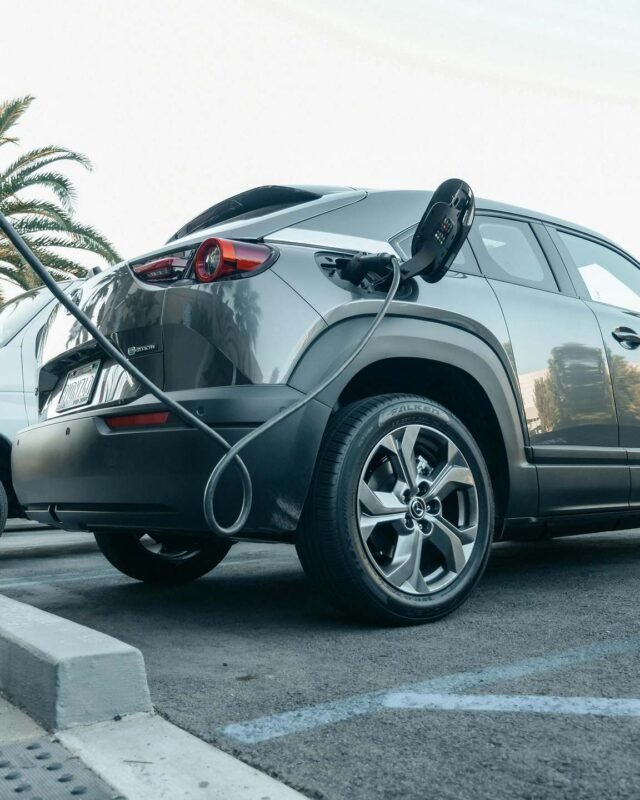The Saudi automotive market consists mostly of Japanese and Korean manufacturers, but it is now shifting interest to Chinese vehicles very fast. This, in many ways, gives significant differences in the variation of run, principles, and opportunities to buyers and manufacturers. The rapid Chinese car market penetration is largely driven by the pricing strategy, lucrative features, and market dynamics.
The Surge of Chinese Automakers in Saudi Arabia
Chinese automakers have made substantial inroads in Saudi Arabia, now capturing approximately 12% of the market share for new vehicle sales. This is a staggering increase from the less than 1% held in 2017. Brands like Changan, Geely, and MG are spearheading this drive by offering value-driven propositions for their vehicles that resonate massively across a wide segment of Saudi consumers. According to industry experts, if this trend continues, Chinese car brands could take up to 15 percent of the market by the end of the year.
One of the key drivers behind this growth is the strengthened relationship between Saudi Arabia and China, resulting in greater economic and automotive ties. As Saudi consumers seek high-quality vehicles at more affordable prices, Chinese car market penetration continues to accelerate.

Competitive Pricing and Consumer Appeal
Chinese cars are priced competitively, a key factor in their success. For example, a medium-sized sedan from a well-known Japanese brand can cost between 110,000 and 130,000 SAR ($29,000 to $34,000). Meanwhile, a similar Chinese vehicle is available at a significantly lower cost—between 70,000 and 80,000 SAR ($18,000 to $21,000)—yet with advanced features and specifications. This cost advantage is especially attractive to middle-income consumers looking for reliable, well-equipped vehicles at affordable prices.
This pricing strategy has positioned Chinese brands as more accessible alternatives to their Japanese and Korean counterparts, attracting buyers in both urban and rural areas.
Technology and Innovation: A Key Differentiator
Chinese automakers have also embraced cutting-edge technology and innovation to enhance their competitive advantage. From advanced infotainment systems to robust safety features, Chinese cars offer amenities that were once only available in high-end models from other countries. These vehicles are also well-adapted to the harsh conditions of Saudi Arabia, with powerful air-conditioning systems and durable builds that can withstand the extreme heat.
Moreover, Chinese brands have successfully leveraged platforms like TikTok to capture the attention of younger consumers, making their cars more appealing to tech-savvy and value-conscious buyers.
Strategic Partnerships and Distribution Networks
The expansion of Chinese car market penetration in Saudi Arabia is not only a result of attractive pricing and features but also effective distribution strategies. Chinese manufacturers have established key partnerships with local distributors, such as Geely’s collaboration with Haji Husein Alireza & Co. and JAC Motors’ partnership with Al-Jedaei. These alliances have ensured a seamless supply chain and aftersales support, helping Chinese brands maintain their momentum in the Saudi market.
Future Prospects and Challenges
Despite the growing presence of Chinese cars, they still face stiff competition from established brands like Nissan, Toyota, and Hyundai. However, with ongoing improvements in vehicle quality, coupled with aggressive marketing strategies and favorable trade relations, Chinese brands are expected to continue gaining ground. As the Saudi market shifts towards greater economic diversification and the adoption of electric vehicles (EVs), Chinese manufacturers are poised to capture an even larger share, particularly in the nascent EV market.



